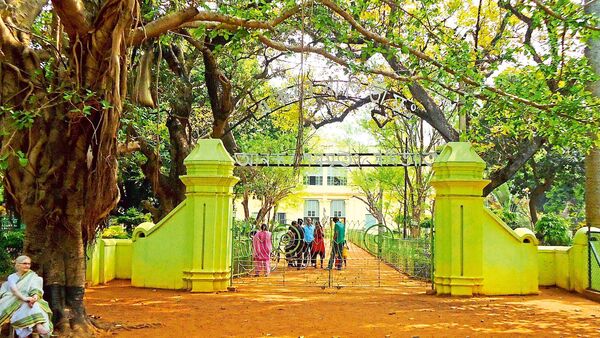Santiniketan, the town in West Bengal, was included in the UNESCO World Heritage list during the 45th Session of the World Heritage Committee in Saudi Arabia on Sunday, said UNESCO in a social media post on “X”.
“BREAKING! New inscription on the @UNESCO #WorldHeritage List: Santiniketan, #India. Congratulations!” the UNESCO wrote on X (formally Twitter) on Sunday.
Established in 1901 by poet and philosopher Tagore, Santiniketan was a residential school and centre for art based on ancient Indian traditions and a vision of the unity of humanity transcending religious and cultural boundaries.
A ‘world university’ was established at Santiniketan in 1921, recognising the unity of humanity or “Visva Bharati”.
Distinct from the prevailing British colonial architectural orientations of the early 20th century and of European modernism, Santiniketan represents approaches toward pan-Asian modernity, drawing on ancient, medieval and folk traditions from across the region.
Prime Minister Narendra Modi on Sunday called the inclusion of West Bengal’s Santiniketan in the UNESCO World Heritage Sites list as a proud moment for all Indians.
Taking to X, PM Modi said, “Delighted that Santiniketan, an embodiment of Gurudev Rabindranath Tagore’s vision and India’s rich cultural heritage, has been inscribed on the @UNESCO World Heritage List. This is a proud moment for all Indians.”
Meanwhile, West Bengal Chief Minister Mamata Banerjee said “Glad and proud that our Santiniketan, the town of Gurudev Rabindranath Tagore, is now finally included in UNESCO’s World Heritage List. Biswa Bangla’s pride, Santiniketan was nurtured by the poet and has been supported by people of Bengal over the generations.”
India had been striving for a long to get a UNESCO tag for this cultural site located in the Birbhum district.

















